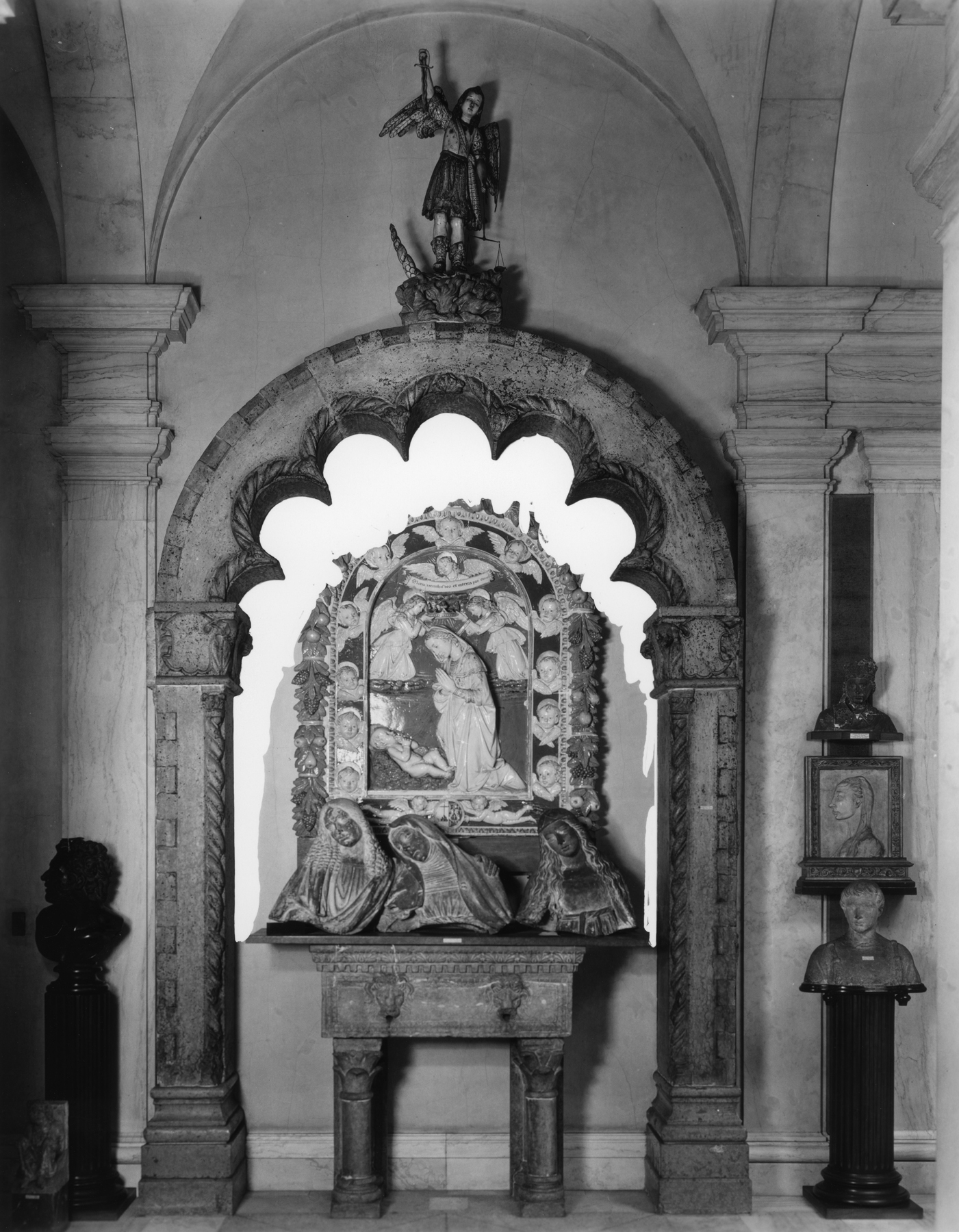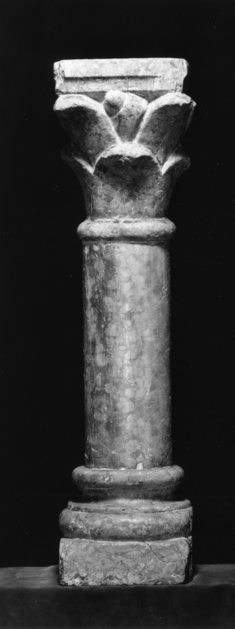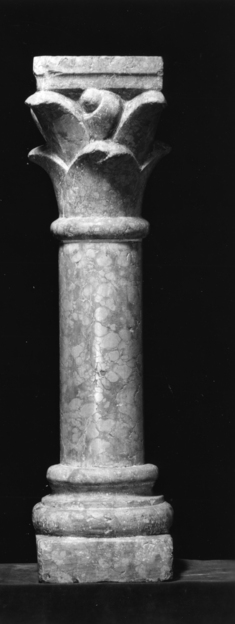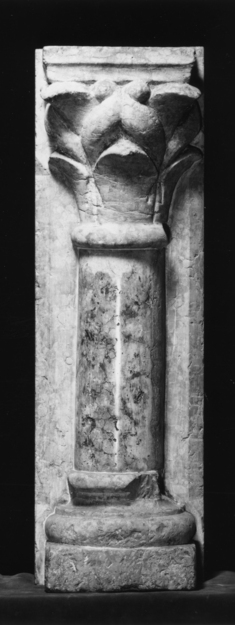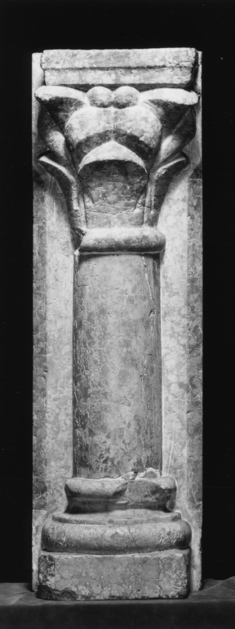Wall Fountain
(Renaissance Europe )
When originally installed, water would have spouted from the mouths of the two lions. The access to fresh water was central to the health and well-being of a city, so fountains were often designed in archtectural styles consistent with those used for neighboring buildings. This basin rests on four short columns (27.433, 27.434, 27.435, 27.436), which have no original relationship to it. In the Renaissance, functional sculpture in public places was often cobbled together from separate parts. For another wall fountain, see 27.320.
Provenance
Provenance (from the French provenir, 'to come from/forth') is the chronology of the ownership, custody, or location of a historical object. Learn more about provenance at the Walters.
Henry Walters, Baltimore [date and mode of acquisition unknown]; Walters Art Museum, 1931, by bequest.
Geographies
Italy (Po Region) (Place of Origin)
Measurements
H: 15 1/2 x W: 18 1/8 in. (39.4 x 46 cm)
Credit Line
Acquired by Henry Walters
Location in Museum
Accession Number
In libraries, galleries, museums, and archives, an accession number is a unique identifier assigned to each object in the collection.
In libraries, galleries, museums, and archives, an accession number is a unique identifier assigned to each object in the collection.
27.344


